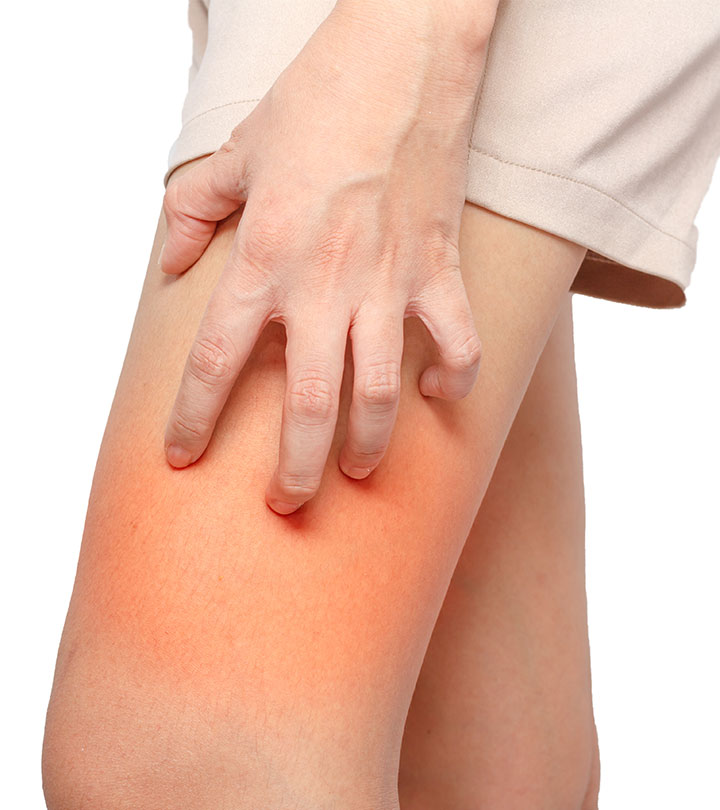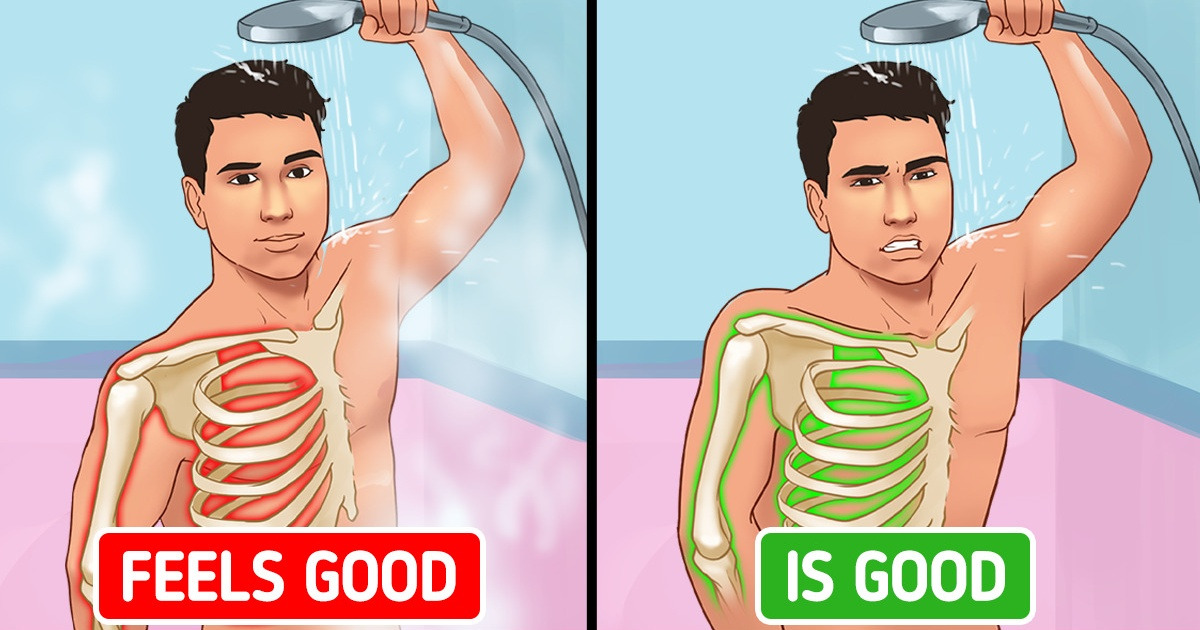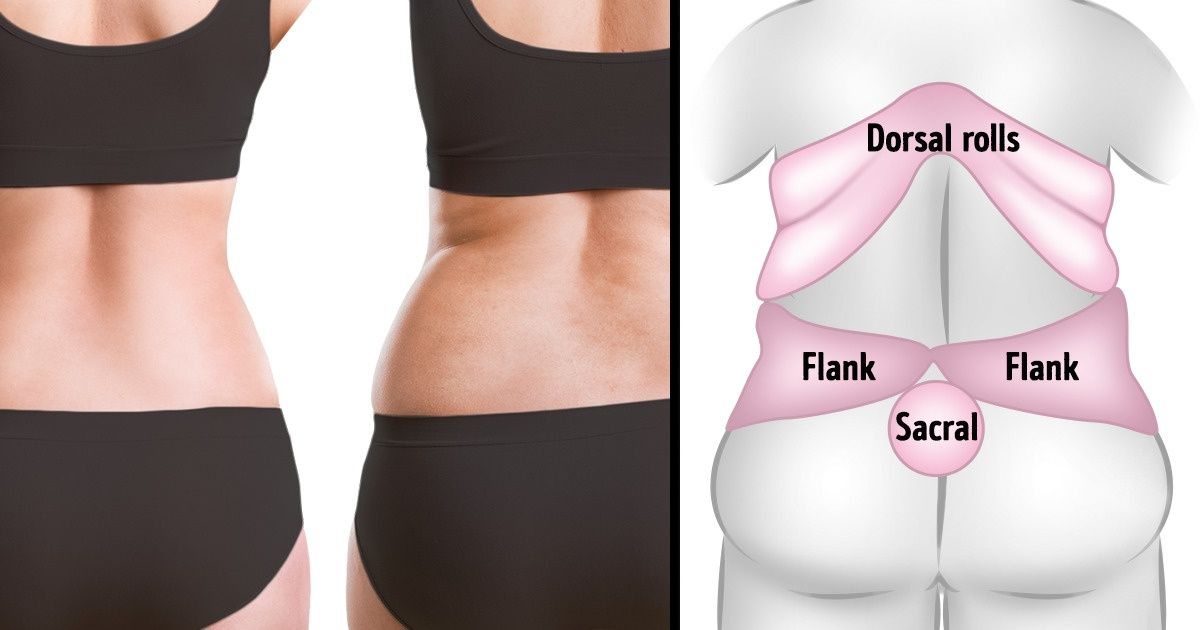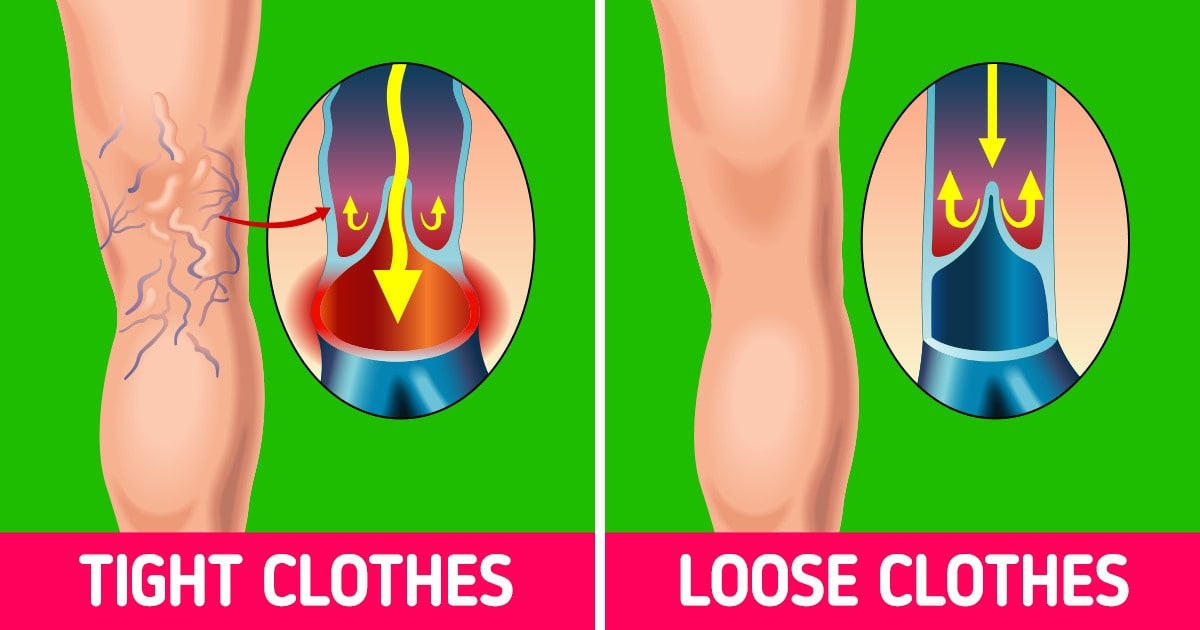Let’s face it: most of the time, we don’t eat because we are hungry. Instead, we use food to increase our sense of comfort. Stress, weather, time of day – it all affects how much we eat.
So is there any way to make our psyche and our environment help us lose unwanted pounds? According to Brian Wansink, a psychologist, marketer, and researcher of food cravings. Today, CreativeSide presents some valuable advice from their latest book!
Trick To Lose Weight Overnight
1. Don’t Be Afraid Of A Relapse
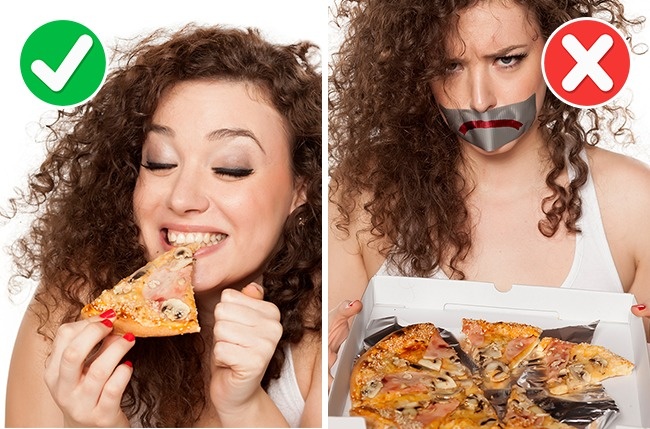
Many of us think this is a family situation: you have been on a cabbage and water diet for a week and the hardest part seems to be behind you.
Then one night something happens to you, and you find yourself next to the refrigerator, eating a chicken leg and grabbing a chocolate bar.
At times like this, stay calm and avoid exhaling the bitter taste of failure with even more harmful foods. Just drop your thigh, grab a cabbage leaf and take a fresh bite out of it!
2. Observe The Rule Of Two
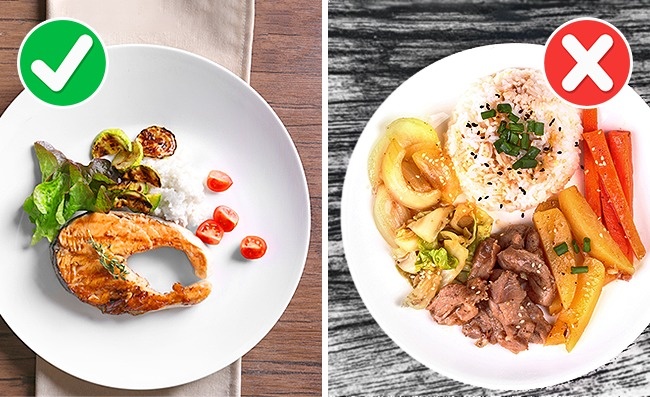
Try to make sure that your plate always has two types of food: meat and side dish, side dish and salad, fish and vegetables. This simple arrangement will get you used to a more sensible way to eat.
3. Getting A Second Help

Change your places to eat. Get your plate and utensils (nothing else) and go to the living room or study. Alternatively, you can dine on the balcony, terrace or in the garden.
That way, even if you want a second help, there is a chance that your hunger will subside before you get to the kitchen.
4. Leave Evidence Of Your “Crimes”
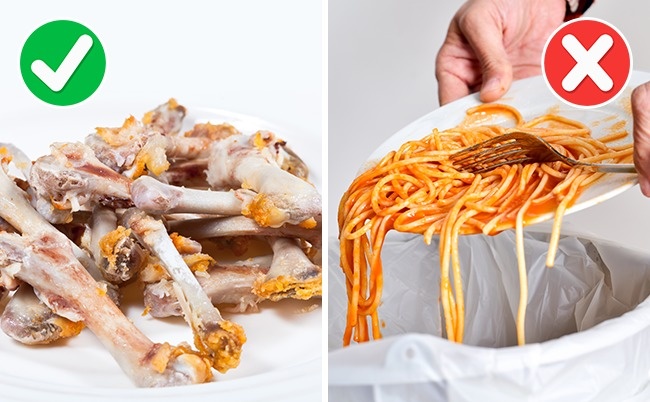
People who are in a hurry to get rid of the “evidence” of their overactive appetite tend to eat more than those who keep it in plain sight until the end of the meal, preferring to be guided by the feeling of fullness.
5. The “Bottomless Plate” Phenomenon

According to the survey, people tend to keep eating until their plate is empty, not until they feel full. The only way to solve this problem is to use smaller plates and eat carefully.
Observe your feeling of hunger and try to ignore the amount of food left on the table.
6. Company
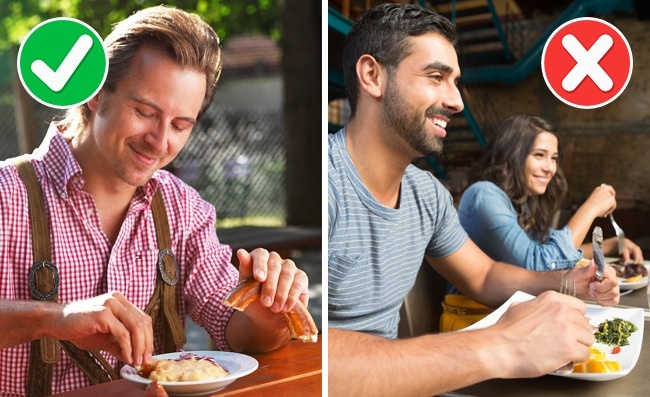
Alone, we eat 30% less than in the presence of another person. As for the situations in which we share our dinner with 3 or 4 friends, these meetings make you consume twice as much food as when you are alone. Conclusion?
Try to eat your main meals on your own and stick to snacks and drinks when you’re in the company.
7. Keep The Shopping List

When you find out what products you will need for next week, do what experienced chefs do: make a complete list of the necessary foods (meat, cereals, vegetables, etc.). Before going to the supermarket, check the list and buy only the missing items.
8. Say No To Yummies
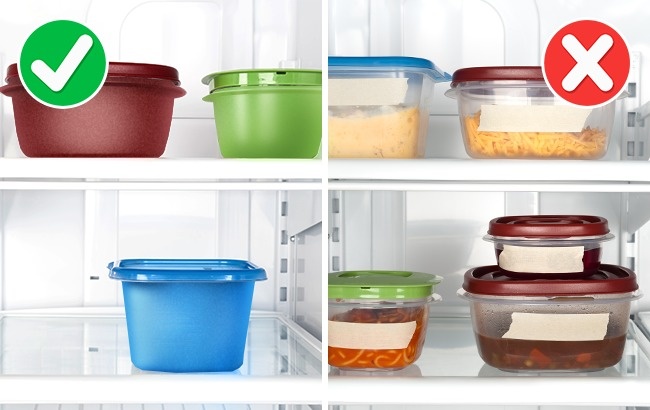
Find the darkest and most difficult to reach a place in your home and store all your delicious snacks there. (Or at least put them back in the far corner of the refrigerator.)
You can say, why not refrain from buying these sources of temptation in the first place? Because, as Wansink points out, it is easier said than done.
Making your home a “junk food-free zone” will make you eat more (who knows how much) in your friends, in cafes, or at work. The correct solution is to keep buying these things but eat sensibly.
9. Chew Everything Thoroughly

Studies show that chewing each bite of food at least 32 times helps to better saturate our taste receptors, significantly reducing appetite and providing a faster feeling of satiety.
10. Don’t Save Calories In The Morning

To believe Wansink’s statistics, breakfast habits represent 96% of the art of preserving a good figure. Only 4 of the 100 skinny women he interviewed said they did not touch food every morning.
On the other hand, those who were overweight admitted to skipping the first meal of the day in hopes of losing weight.
11. Eat Your Food In Portions
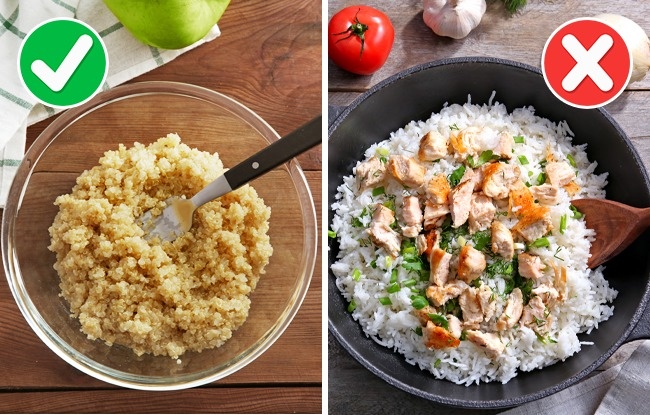
According to Wansink’s comments, people who prefer to sit with their backs to candy shelves or coffee stalls tend to find it easier to maintain a slim figure.
You can follow this tactic at home by serving your meals in portions, using only plates. As for the mugs, pans, etc., they should remain in the kitchen and never appear on the table. You see less, you eat less. It’s that easy!
Based on materials from Brian Wansink, “Mindless Eating”


